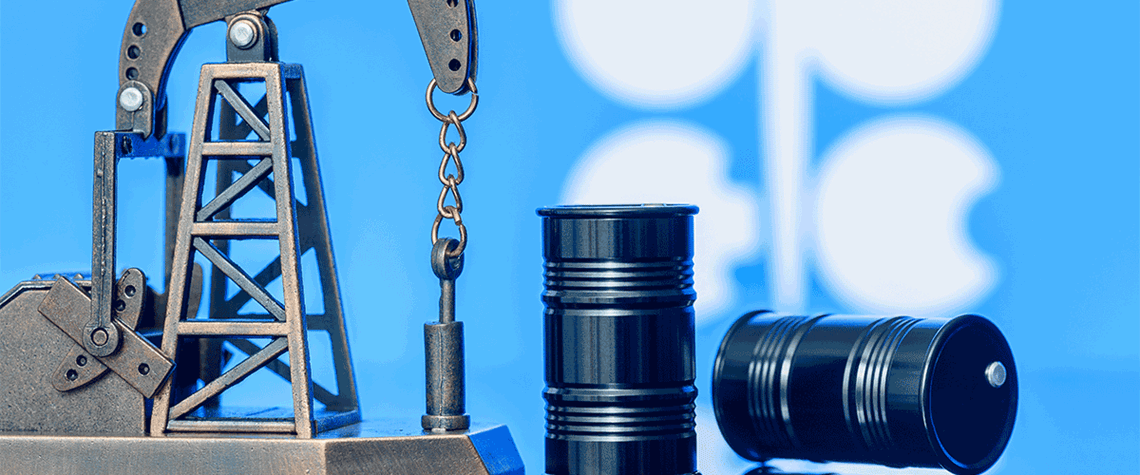OPEC+ supply ramps up in February
Iran, Iraq, Venezuela, Nigeria and Kazakhstan all add significant volumes as core OPEC-9 feels the strain of compliance
Even before OPEC+ officially announced it was opening the spigot by unwinding cuts gradually from April, the group had been exceeding its official allocations. According to Petroleum Economist’s estimates, OPEC-9’s compliance with cuts fell to around 98% in February as the group boosted its output by 80,000b/d compared with January production. Iran and Venezuela also maximised their supply ahead of US President Donald Trump’s shifting policy towards them. Among OPEC+ producers, Kazakhstan ramped up its production as more oil came from the Tengiz oilfield. Trump told OPEC+ members in his January World Economic Forum speech to “bring down the oil price” by increasing supply. 98% – OPEC-9

Also in this section
11 August 2025
The administration is pushing for deregulation and streamlined permitting for natural gas, while tightening requirements and stripping away subsidies from renewables
8 August 2025
The producers’ group missed its output increase target for the month and may soon face a critical test of its strategy
7 August 2025
The quick, unified and decisive strategy to return all the barrels from the hefty tranche of cuts from the eight producers involved in voluntary curbs signals a shift and sets the tone for the path ahead
7 August 2025
Without US backing, the EU’s newest sanctions package against Russia—though not painless—is unlikely to have a significant impact on the country’s oil and gas revenues or its broader economy








